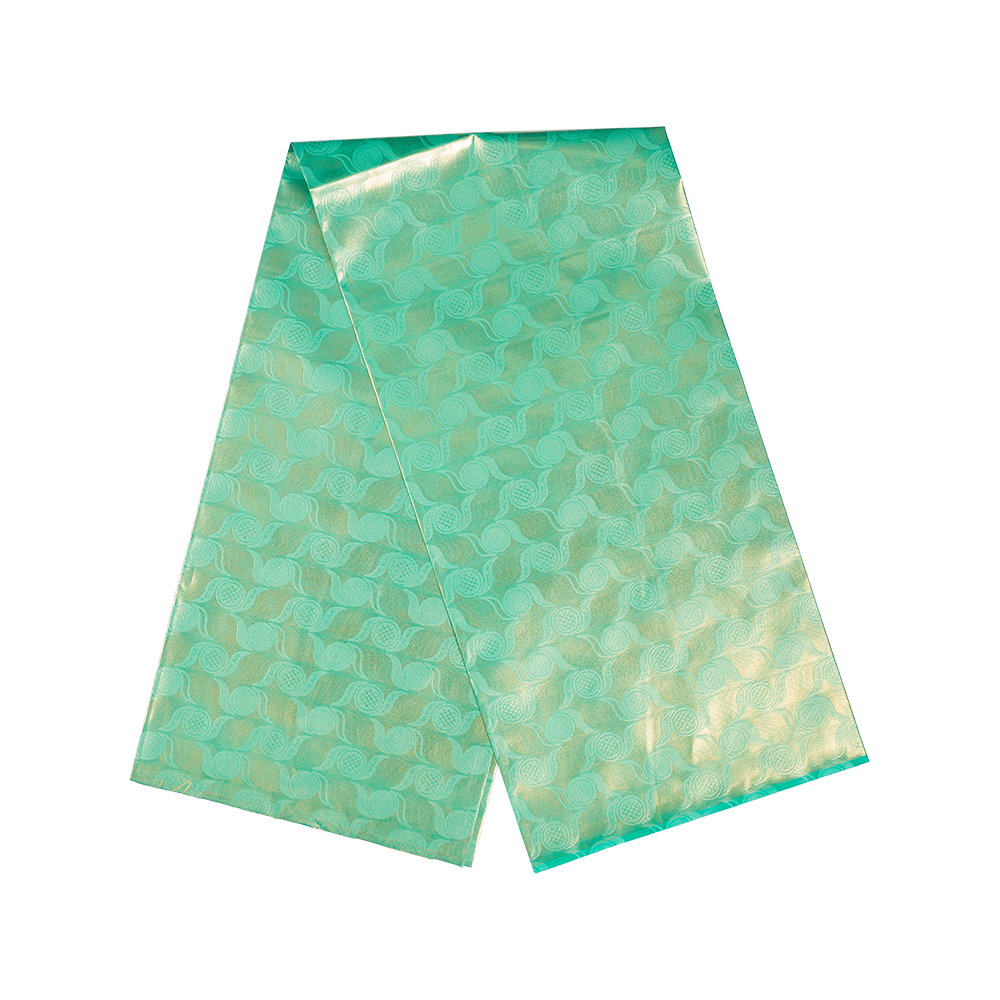African wax imitation fabric has a complicated backstory that traces its origins to Dutch Colonial Indonesian batik cloth. It’s a style of fabric with a rich, historical past, and one that has been used to identify and celebrate various African cultures.
The Dutch tried to reproduce the batik process, which was originally a hand-worked technique, by mechanically transferring designs on copper rollers that were covered in wax. After the cloth was dried, colours were poured onto it, one at a time.
This modernized method made it possible to produce large quantities of fabrics at a relatively low cost, while retaining the traditional patterns. When they entered West African markets in the mid-1800s, the designs were adapted to local tastes and preferences.

It quickly became a popular garment, particularly among women. These patterns were often named by West African traders, and some were tied to specific events and local proverbs.
Today, these designs are the defining characteristics of African fashion. Many designers are influenced by the designs and patterns on this textile.
They are also a key part of nonverbal communication among women. They are able to convey messages that are difficult for other people to hear or understand.
Authentic African wax print fabric is produced in several countries, including Ghana, Kenya, and Nigeria. However, Asian manufacturers have started to copy these fabrics, which has led to factory closures in Africa.
It’s not easy to tell the difference between authentic and fake wax print fabric, but there are a few things you can do to avoid buying cheap counterfeits. First, it’s important to buy a sample before you purchase a large amount. This will help you determine the quality of the fabric and its design. You should also choose a cotton fabric to make sure that it’s durable and will not fade when washed.

 English
English Español
Español








